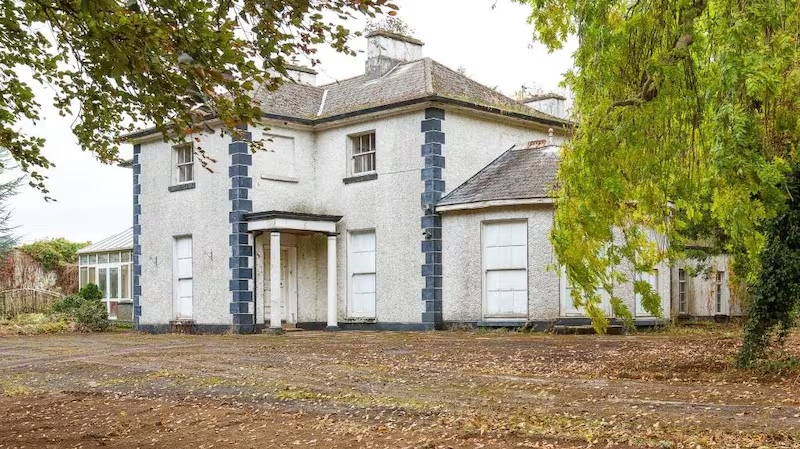A company linked to billionaire brothers Brian and Luke Comer has bought up yet another sizeable slice of Dublin, with its purchase of Kilmartin House, a 111-acre (44.9 hectare) working farm in Hollystown, Dublin 15. Comprising mostly tillage land, the property also features a two-storey main house, with a staff apartment to the rear, and a two-bedroom gate lodge.
The property came on the market a year ago through Ganly Walters with an asking price of €2 million, or around €18,000 per acre, but is listed in the property price register as having sold for just €350,000. But this only represents the price paid for the house and a small element of the land, while a price much closer to, or more than, the asking price is likely to have been paid for the entire property.

The purchaser of the property is Cavalcade Property, an investment vehicle whose directors are Luke jnr and Barry Comer, sons of Luke Comer, who manage the family’s Irish interests. Cavalcade’s sole shareholder is a company based on the island of Tortola in the British Virgin Islands, which is believed to be owned by the Comer brothers.
The Comers are among the most prolific acquirers of land in the greater Dublin area, and have amassed several landbanks and stately homes, including the 400-acre Courtown Demesne and 668-acre Palmerstown House estate, both in Kildare.
In Dublin, they own substantial properties such as the 300-acre Kilternan hotel and country club and more than 200 acres near Dublin Airport. In acquiring Kilmartin House, the brothers are undoubtedly banking on the land being rezoned in future to accommodate high-density housing similar to nearby modern housing developments under way at Hollywoodrath, which would result in the land’s value skyrocketing from agricultural to residential values.
Another major player, Irish-listed housebuilder Glenveagh, recently announced its acquisition of nearby Hollystown Golf Club, where it reportedly paid about €15 million for 162 acres of land, 19 acres of which is zoned for residential use with scope to accommodate about 200 houses in the coming years. They are also likely expecting the remainder of lands, currently zoned as open space, to be rezoned for residential use in the future.













